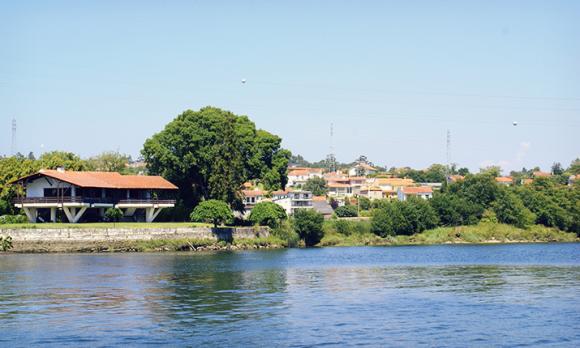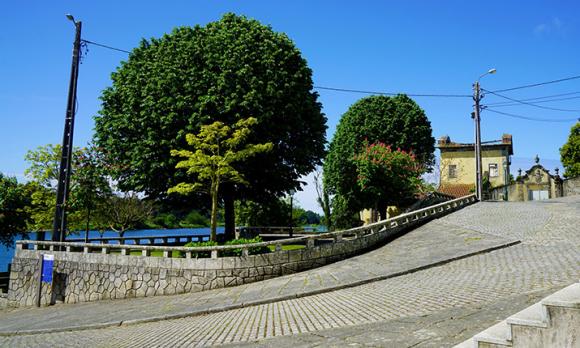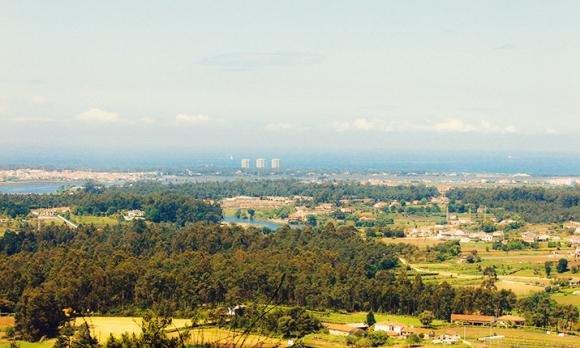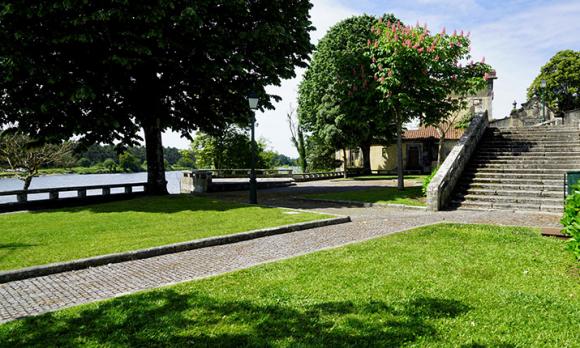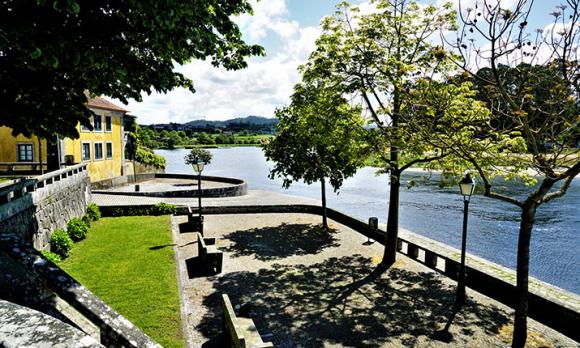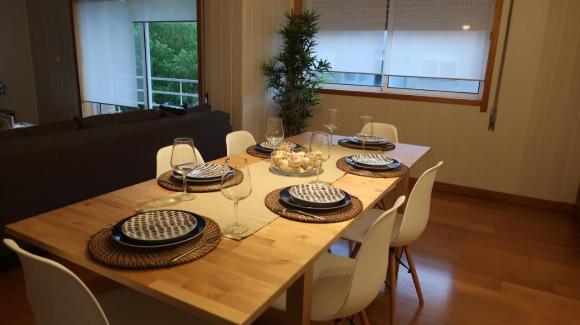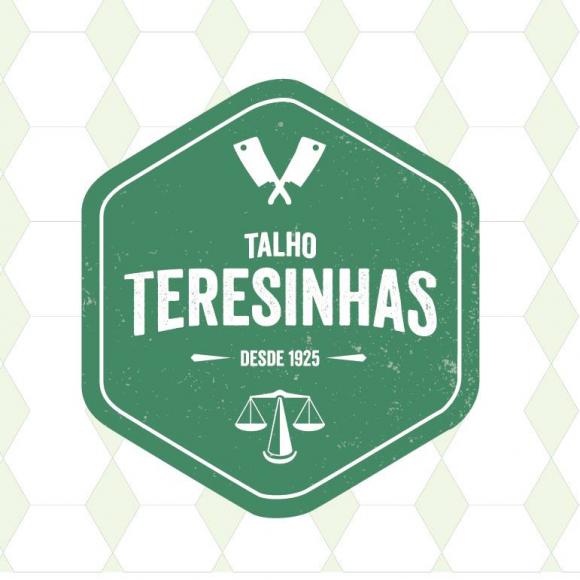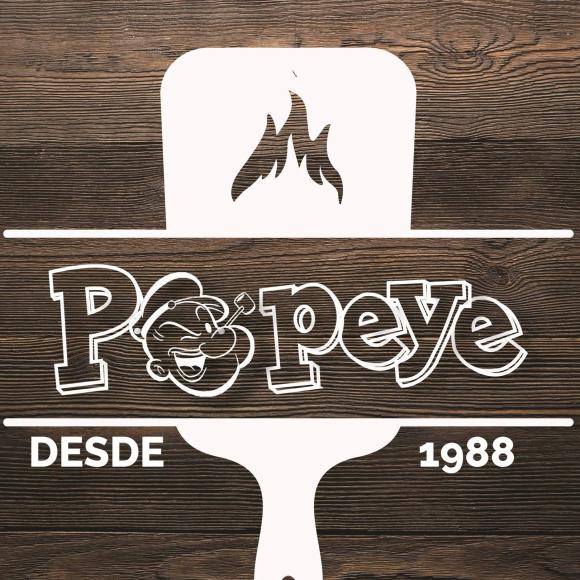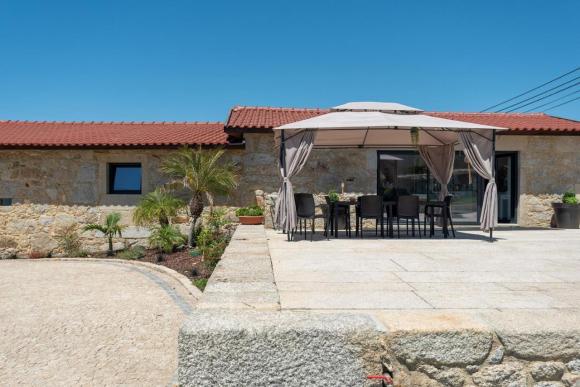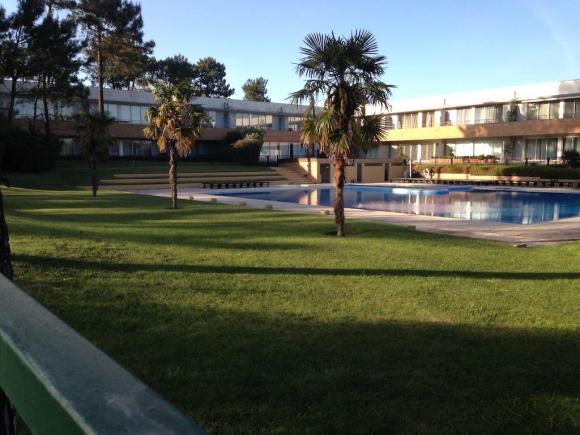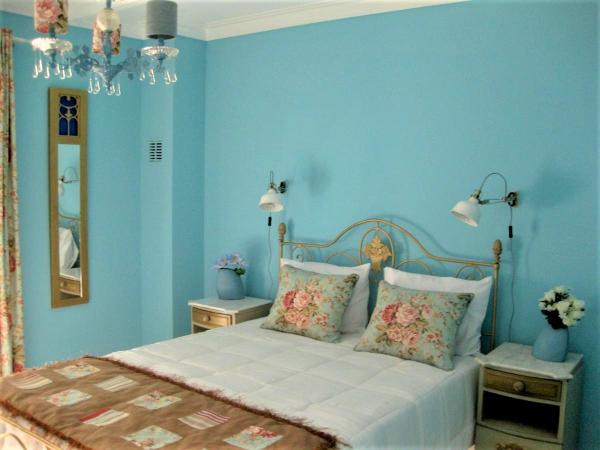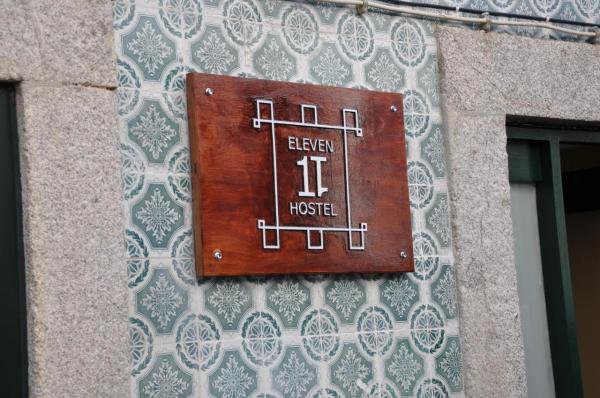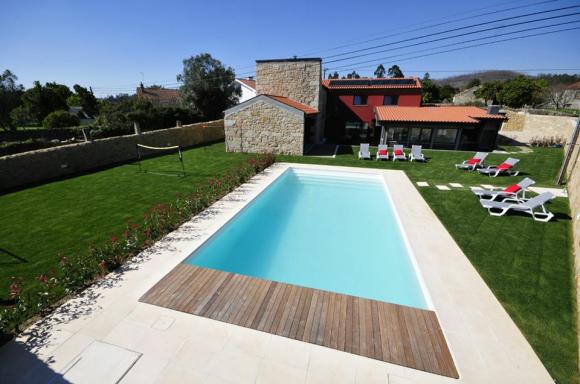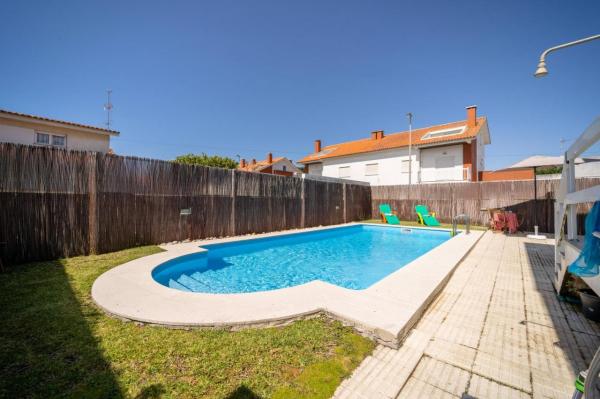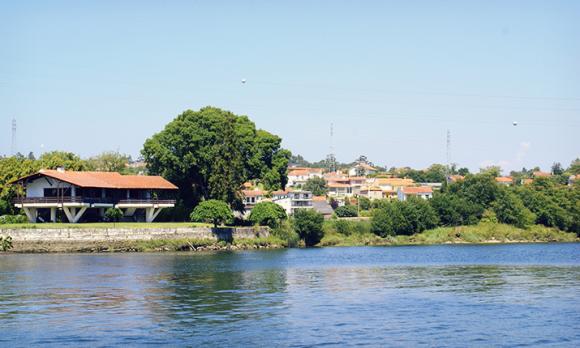
Roteiro das Freguesias - Gemeses
In order to get to know all the history, Heritage and Nature of Esposende, the Municipality has created several Itineraries that pass through its Parishes, which you must visit ...
Gemeses
Esposende
Description
The Cávado here is wide, with calm waters and spread over the low banks, it looks like a lake, really. While there was no bridge over the river, this was one of the best places of passage, from remote Roman times, through medieval times, where pilgrims on pilgrimage moved to Santiago de Compostela. For this, the “barge” connected the two banks in a constant back and forth, as there were people to cross. On both banks there were boatmen, who answered travelers' requests, of any social condition. When D. Manuel I went on a pilgrimage to Compostela, he passed this boat, which was the only reasonable way to cross the Cavado.
The place is so pleasant that the noble houses have settled here. There were families residences emblazoned on either side. Around the lake there was activity all year round. More recently, Barca do Lago lost its function when the bridge crossed the Cavado, facilitating the passage of people and goods. But it gained another attraction, when leisure and water sports became part of the daily lives of so many of us. Due to the extraordinary conditions it offers, Barca do Lago is a very popular place, both on the banks and in the waters of Cávado. What does a canoe ride look like, upstream, in a smooth glide where you can contact directly with nature?
According to the legend, the 13th century of the Age of Christ had passed, in a net that fishermen collected an image of Our Lady appeared. Such an appearance created buzz in the surroundings and the amazement of the people to be called to the image “Nossa Senhora do Lago” was an instant. To wrap the image of the Virgin, a chapel was erected on the right bank of the river, from where he began to protect the travelers who were piously heading north, to the tomb of Santo de Compostela. Also for the shelter of these pilgrims, an inn was built on the same bank of the river, where it was possible to rest one night, after having successfully crossed the Cávado, in Barca do Lago. Tradition tells that, after the appearance of the Virgin, the boatmen of Cávado, in this place, and thanks to the protection that the Lady received, started not to charge passage to anyone. There were boatmen on both sides, always ready at the request of pilgrims or passersby. The oral tradition says that it was "impersonating God", under the protection of the Virgin. But the boatmen from Barca do Lago lived like other men, and they would have to feed themselves and keep the Barca, so the people in the surrounding parishes stipulated payments, in food, wood and other goods, to support the so-called boatmen and maintenance of the Barge. There was also the party, at the beginning of August. And the whole party has to eat and drink. Around the hermitage of Senhora do Lago, the gathering was large and the lunch was shared among all. These are communal traditions, like others that populate our North, but with the special difference of directing their good to strangers, passersby, to those who do not belong to the "people" of the region. Today, you can no longer cross the Cávado at Barca do Lago, but you can still enjoy nature in one of its best places, from these magnificent shores.
The current chapel dedicated to Senhora do Lago is a construction from the end of the Modern Period, after a renovation in 1930. The cult of Nossa Senhora do Lago dates back to the 13th century, a fact attested by a friend's song the troubadour Fernão do Lago, who mentions the Festa da Senhora that year. This rectangular building reveals a simple facade, facing west. Above the main door is an oval window, surmounted by a tile panel with the figure of Nossa Senhora do Lago. On the left, a tombstone on which it is possible to read the date of 1732. It is another piece of information to make this chapel go back to the 17th century. At the south eaves, there is a small bell tower with a full arch, which ends in a cross. Inside the temple stands out the image of Our Lady, whose popular technique proposes a chronology for it at the end of the 16th century, as well as a sink, of Romanesque shape, which came from the parish church. At the time of the French invasions, at the end of the 19th century, the chapel served as a butcher shop for the then invading troops.
The Alminhas da Barca are an elegant set of granite, with a nicely sized rectangular shape and a perfect arch, whose construction dates back to the 18th century. Inside, a wooden altarpiece depicting, among other images, Christ Crucified flanked by Nossa Senhora do Carmo and Santo António. At the bottom of the panel, the following caption can be read: “O you who are passing by, remember / of us who are suffering”. In its vicinity there was an old inn.
Solar dos Gayos, overlooking the backwater of Cávado, belonged to José Machado Paes de Araújo Felgueiras Gayo. In one of its cornerstones you can see a stone of arms based on a decorative card from the 18th century, with family heraldry and the tone of a noble colonel.
Solar dos Machados, to the west of the latter, holds, to top the imposing portal that accesses the house of dos Machado, the family crest indicating that this “house” belonged to the descendants of the Machados, Mirandas, Pereyras and Villas-Boas, families of high lineages in the county and in the region. In the early 19th century, at the time of the French invasions, the manor served as a headquarters for Soult's troops.
Source: https://www.visitesposende.com/
Comments
There are no comments!
Partners same locality

 EN
EN  PT
PT ES
ES FR
FR